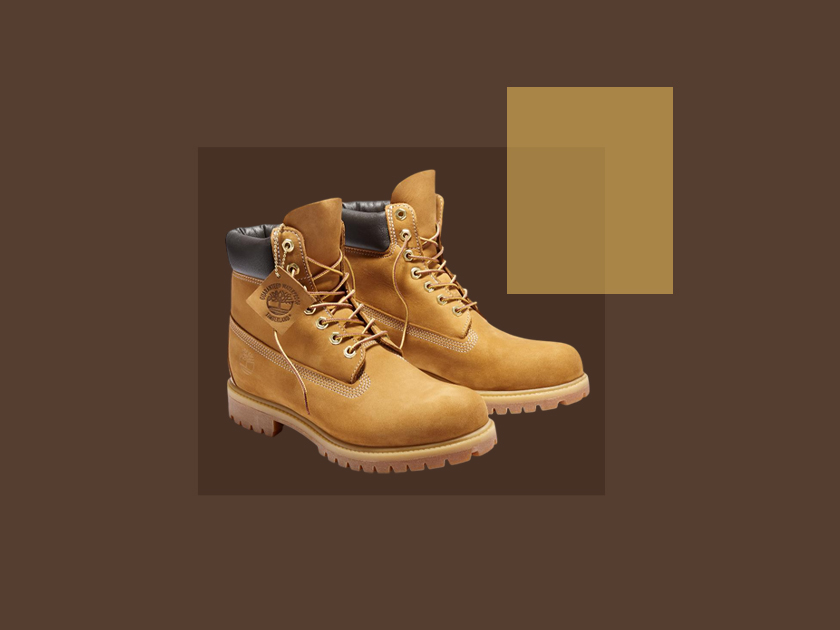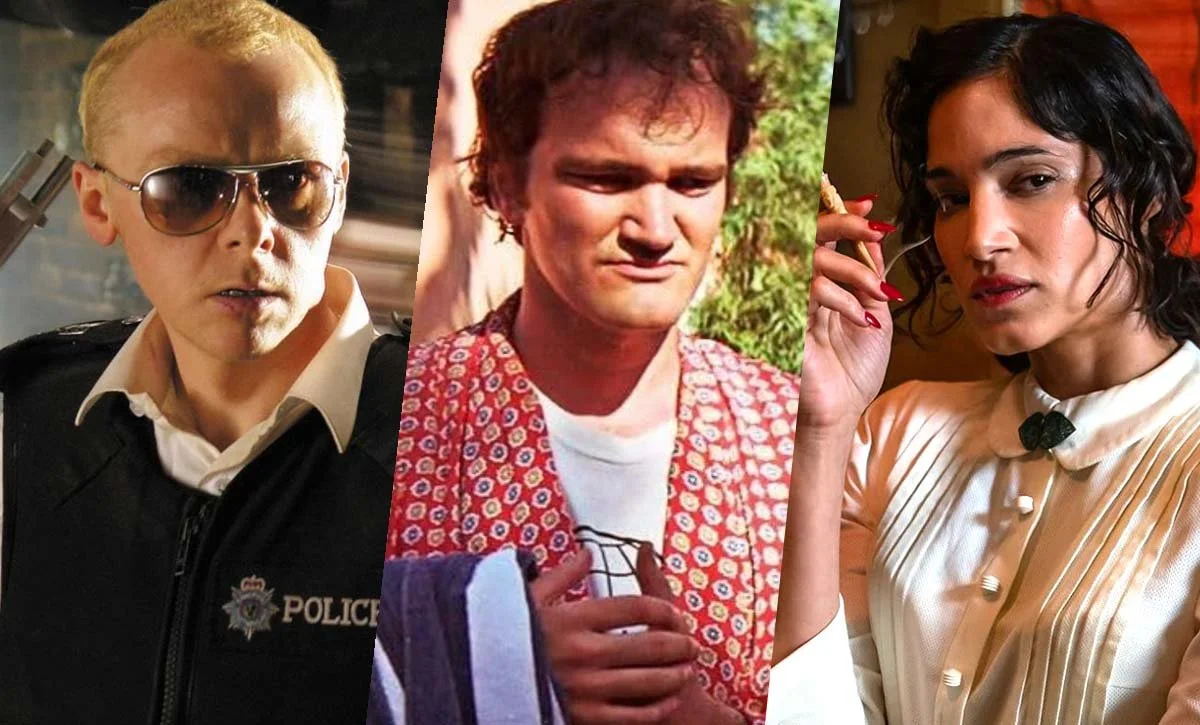To know the origins of Haute Couture, we must start a journey back in time to the 18th century and focus on the figure of Rose Bertin, seamstress and hatter to Queen Marie Antoinette. It is credited to her that fashion gained public recognition, making her creations a benchmark of the moment. But it was the Englishman Worth, in the mid-19th century, who initiated a revolutionary change in the creation of dresses by being a pioneer in signing his designs and showing his collections on real models every season; assuming a before and after in the concept of what sewing was, until then. With him the figure of the fashion designer is born.
The Haute Couture concept is regulated by law and protected by the Paris Chamber of Commerce and Industry. The selection of companies that qualify as haute couture is carried out by the haute couture trade union, in which its regulatory committee sets the incorporation requirements. To name a few of the most important, the companies must have their own workshop in Paris, with a minimum of 20 full-time employees, and the clothing must be made by hand with as little intervention as possible by machines.
Haute Couture houses must present a minimum of 50 models each season. The demands to join this select group, along with the time spent making each garment and the high cost of the materials and textiles used, have led to a gradual decline in membership from 100 in the mid-20th century, up to 14 companies today.
The inaccessibility of haute couture clothing, the difficulty of meeting the demands of belonging and the sociological change in the concept of clothing have led to a trend halfway between haute couture and ‘prêt-à-porter’, ‘demi-couture ‘, an intermediate point between the accelerated pace of ‘Fast Fashion’ and the unattainable of Haute Couture, ‘Demi-couture’ sets aside the tyranny of traditional calendars to give way to a type of more accessible artisanal production.
As a result of the need to mitigate environmental impact and make consumers aware of the responsibility when buying clothes, Haute Couture is making a turn towards sustainability by transferring artisanal techniques to ‘Streetwear’ and thus breaking with the vision that has been Haute Couture until now. couture. In 2021, in Balenciaga’s return to Haute Couture, Demna Gvasalia saw Demna Gvasalia invert luxury and manipulate traditional fabrics such as denim using artisanal techniques.
Hand in hand with emerging designers, progress is being made towards using recycled materials. An example of this trend is the Japanese designer Tomo Koizumi, who uses recycled plastic fabrics in his latest collections. When we talk about circularity, the Dutchman Van der Kemp leads the way with garments made from recycled vintage pieces and surpluses from major fashion brands. To close this circle, we must not forget Iris Van Herpen, whose hallmark is the fusion of technology and craftsmanship. Pioneer in showing creations in 3D, it now focuses on research for the development of new fully sustainable materials.
It seems that sustainability, technology and circularity are here to stay and will be a major challenge in the future of Haute Couture.
Source: Marie Claire





